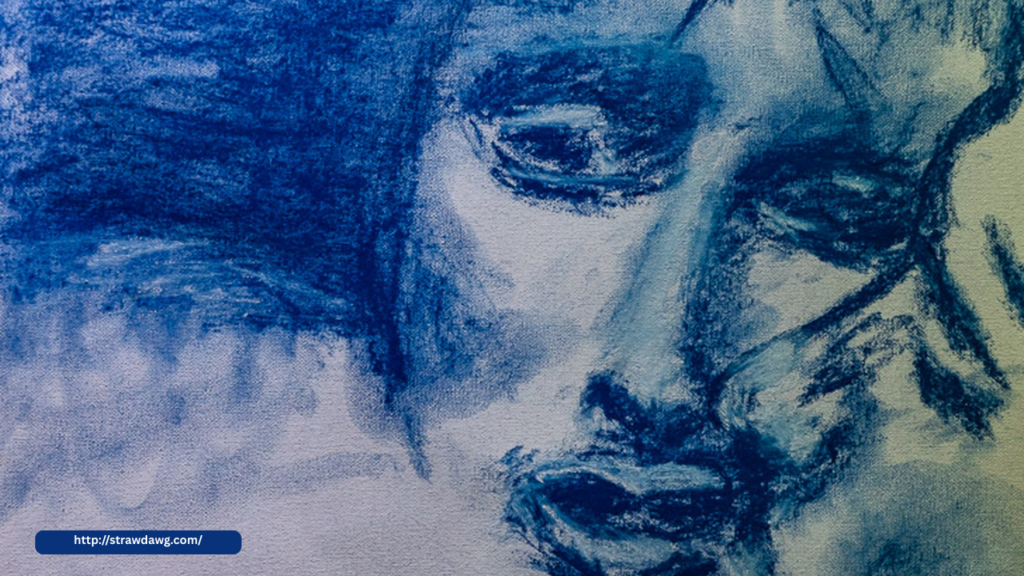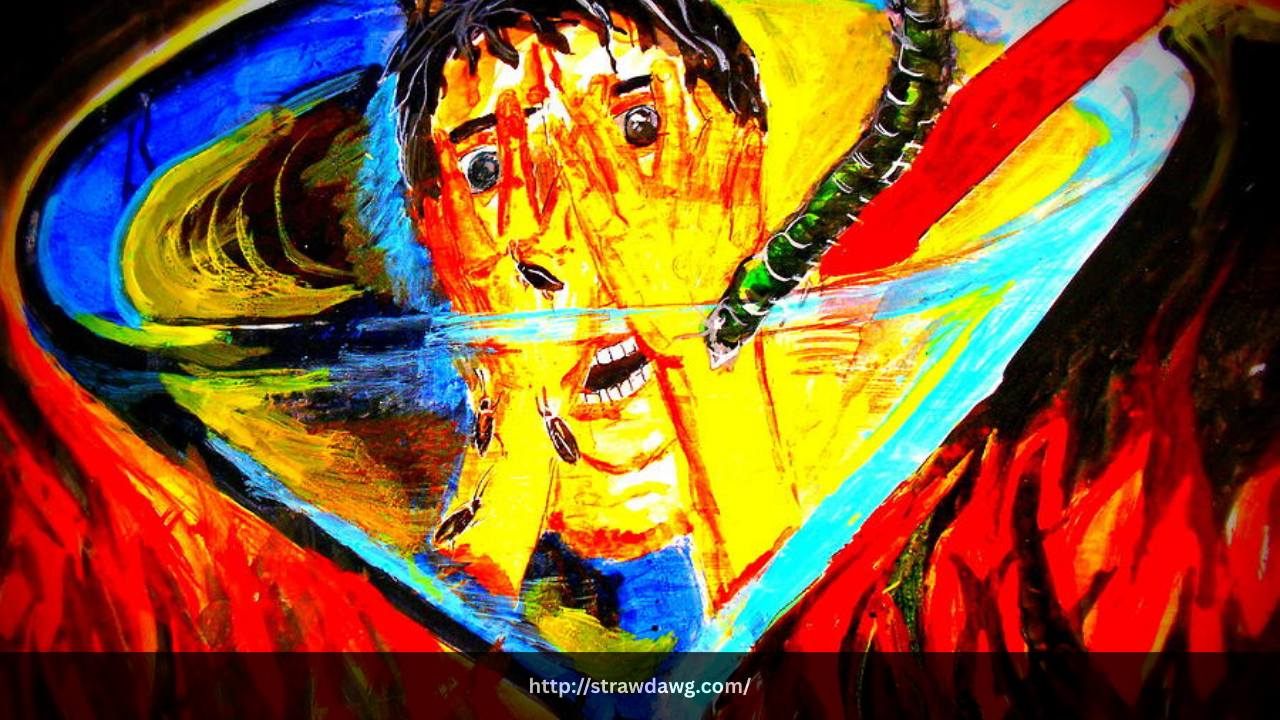
Addiction is a thief. It robs people of their dreams, their relationships, and often, their very sense of self. For me, it almost stole my art—the one thing that had always made me feel most alive. But in the end, it was painting, the very act of creating, that became my path to redemption and recovery.
A Creative Spirit Lost
Growing up, art was my sanctuary. The blank canvas was a place where I could express my deepest emotions, my wildest dreams, and my unspoken fears. But as I grew older, life became more complicated, and so did my struggles. Anxiety, depression, and personal failures led me down a dark path. Substance abuse started as a temporary escape, a way to silence the noise in my head. Before I realized it, addiction had wrapped itself around me like chains.
As my dependency deepened, my creative spirit withered. My paintings grew sporadic and soulless. The passion that once guided my brush was replaced by numbness. I would stare at blank canvases, unable to find the spark that once came so naturally. My world became increasingly narrow, centered only around the next fix.
Rock Bottom and a Turning Point
The lowest point came when I lost everything I cared about—my relationships, my health, my career, and almost, my life. It was a moment of unbearable clarity. I knew if I didn’t change, I would lose the one thing that had always defined me: my ability to create.
Seeking help was terrifying. Recovery felt overwhelming and uncertain. But amid therapy sessions, support groups, and painful introspection, I was encouraged to reconnect with my passion. Hesitantly, I picked up a paintbrush again.
Painting Through the Pain
In the beginning, painting was painful. Every stroke was like tearing open old wounds. I painted not what I thought would be beautiful but what was real—anguish, guilt, loneliness. My canvases were raw, full of dark hues and chaotic lines, mirroring the storm inside me. But with every painting, I felt lighter, freer.
Art became my therapy. It gave me a space to confront my emotions without judgment. I didn’t need to find the perfect words to explain my pain; my hands could speak for me. Some days, I painted for hours, pouring every ounce of frustration and hope into my work. Other days, I simply stared at the canvas, letting it remind me that I was still alive, still fighting.
Redemption Through Creativity
Over time, my paintings began to change. The darkness began to lift. New colors emerged—softer tones, hopeful shapes, and more deliberate forms. My art was evolving, just as I was. It was a visible, tangible proof of my progress.
Today, painting is not just a creative outlet; it is my lifeline. I share my journey through exhibitions and community projects, using my story to encourage others battling addiction. Art taught me that redemption is possible, that healing is messy but beautiful, and that even in our darkest moments, we can find light.
Painting through pain saved me. It allowed me to transform my suffering into strength, to turn my story from one of loss into one of hope and redemption.

